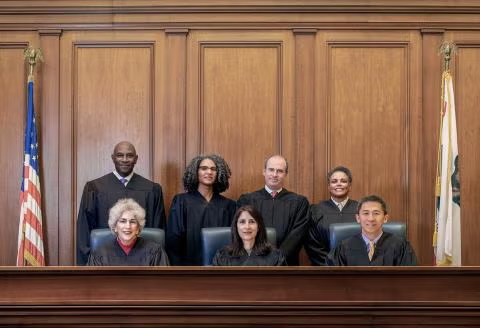Employee Who Exhausts Pregnancy Disability Leave May Be Entilted to More Leave
On February 21, 2013, the California Court of Appeal held in Sanchez v. Swissport, Inc. held that an employer may be required to provide additional leave as a “reasonable accommodation” beyond the 4 month maximum pregnancy disability leave (“PDL”) required by California law.
The Facts of the Case
Employee Sanchez was diagnosed with a high-risk pregnancy that required bed rest. As a result, Swissport granted Ms. Sanchez a temporary leave of absence. After 19 weeks of leave, Swissport terminated Ms. Sanchez’s employment. Ms. Sanchez sued, alleging that Swissport violated the FEHA by failing to provide her with additional leave for her pregnancy-related disability.
Under California’s PDL law, an employer must grant a female employee who is “disabled by pregnancy, childbirth, or a related medical condition” a leave for a reasonable period of time, no to exceed four months and thereafter return to work. The issue in Sanchez v. Swissport was whether California’s PDL law sets the maximum amount of leave available, or whether California’s Fair Employment and Housing Act (“FEHA”) allows employees to request additional leave as a “reasonable accommodation” under disability discrimination laws.
The Court’s Decision
The Court of Appeal ruled that FEHA provides additional protections beyond California’s PDL law. The Court of Appeal concluded that Sanchez’s inability to return to work after 19 weeks of leave rendered her “disabled” under FEHA, thus requiring Swissport to grant her a reasonable accommodation of additional time off unless Swissport could show that additional leave would have imposed an undue hardship. Thus, the Court of Appeal sent the case back to the trial court for further proceedings.
Impact on California Employers
Sanchez v. Swissport sends a clear signal: employees who are disabled by pregnancy may be entitled to more time off than the 4 month maximum under California’s PDL law. When an employee is unable to return after taking her full pregnancy disability leave, an employer must continue to engage in the interactive process to determine whether a reasonable accommodation — which could include additional leave — would allow the employee eventually to perform her essential job functions without imposing an undue hardship on the employer.
The court’s opinion can be found here.
Insights
OUR BLOG


